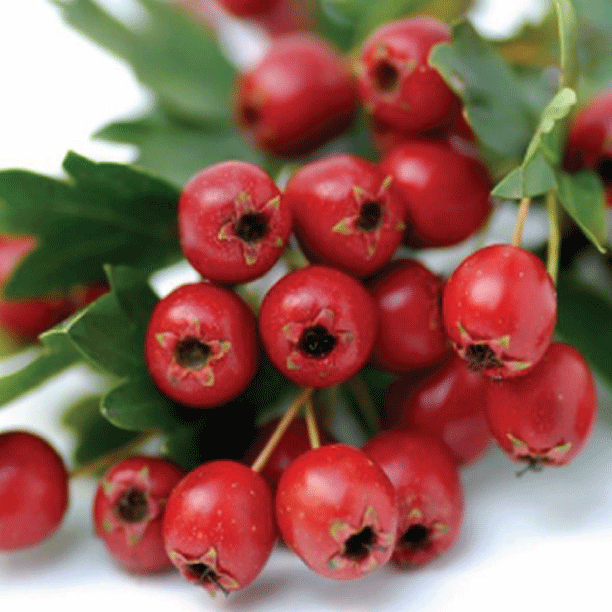“Omega-3s are essential fatty acids that help feed the brain and keep it healthy,” says pediatric dietitian Laura Gibofsky, MS, RD, CDN. They are part of the process of building new cells — the key to developing the central nervous and cardiovascular systems and helping the body absorb nutrients. Omega-3 fats are also important for eye function.
Additionally, some research has shown omega-3 fats may help manage psychological and behavioral conditions because of their role in neurotransmitter function. Studies have shown omega-3 supplementation to have modest benefits on symptoms of attention deficit hyperactivity disorder (ADHD), including impaired emotion processing and anti-social traits.
Other studies have linked poorer reading ability with low levels of a certain type of omega-3 fat in children, and supplementation was associated with improved memory function. Studies in Japanese children have shown fish intake to be inversely related to depressive symptoms. And the anti-inflammatory effects of omega-3 fats have also been studied as a potential treatment for conditions ranging from obesity to asthma to upper respiratory infections.
Keep in mind that some of these studies were small and other studies found conflicting results. More research needs to be done before we will know the full implications of omega-3 fats on the body.
3 Types of Omega-3 Fats
The types of omega-3 fats are: eicosapentaenoic acid (EPA), docosahexaenoic acid (DHA) and alpha-linolenic acid (ALA).
EPA and DHA are found mainly in certain fish, as well as in beef and chicken. Grass-fed animals tend to have a higher amount and produce milk and eggs higher in omega-3 fats. ALA is found primarily in plant sources, but also in some fish and meat.
Food Before Supplements
Gibofsky recommends offering food sources of omega-3 fats before going with supplements. “While we may not automatically think of fish as a kid-friendly food, that doesn’t mean you shouldn’t serve it,” she says. “Try baking salmon in teriyaki or honey barbecue sauce. Choose flavors your kids like with other proteins.”
If your kids aren’t into fish, Gibofsky suggests using flaxseed oil. “Add a teaspoon to a smoothie or practically anything with peanut butter,” she says. “You can also add ground flaxseeds to muffins, casseroles, soups and even breadcrumbs before baking chicken cutlets.”
The current Recommended Adequate Intakes of omega-3s for kids are:
0 to 12 months: 0.5 grams/day
1 to 3 years: 0.7 grams/day
4 to 8 years: 0.9 grams/day
9 to 13 years (boys): 1.2 grams/day
9 to 13 years (girls): 1.0 grams/day
14 to 18 years (boys): 1.6 grams/day
14 to 18 years (girls): 1.1 grams/day
To meet the daily needs of omega-3 fats for kids, look for these food sources:
Salmon
Sardines
Mackerel
Fresh tuna
Trout
Herring
Halibut
Oysters
Shrimp
Beef
Flaxseeds
Walnuts
Chia seeds
Soy beans
Or these foods which are commonly fortified with omega-3 fats:
Eggs
Juice
Milk
Yogurt
Reviewed May 2015
[Source http://www.eatright.org/resource/food/vitamins-and-supplements/types-of-vitamins-and-nutrients/do-kids-need-omega-3-fats]



































![[INTERVIEW] Myocarditis and Blood Clots in Children Are Not Normal myocarditis](https://www.holistichealthonline.info/wp-content/uploads/2022/10/Doctor-stethoscope-examines-toddler-4038783473-1.jpg)










